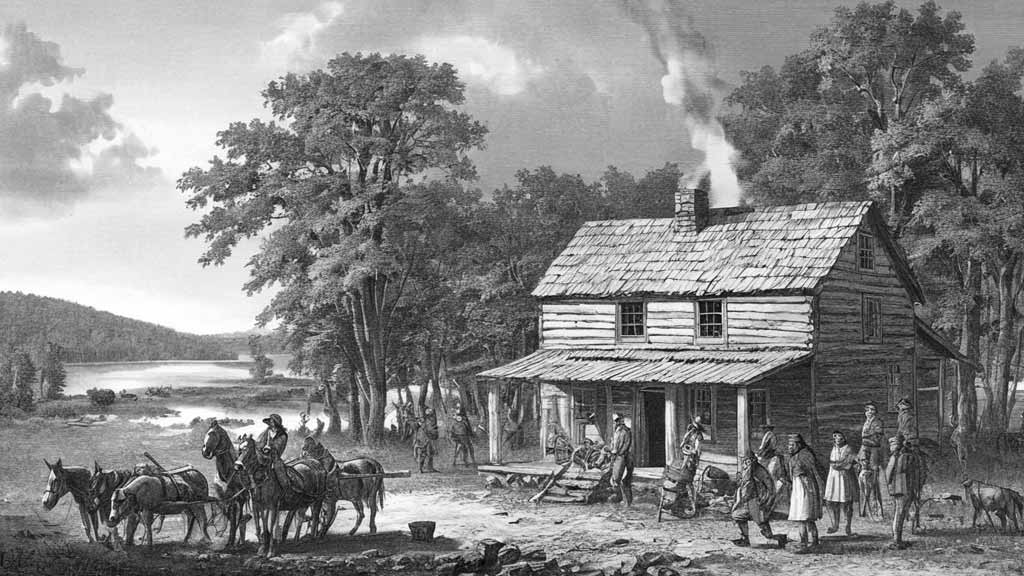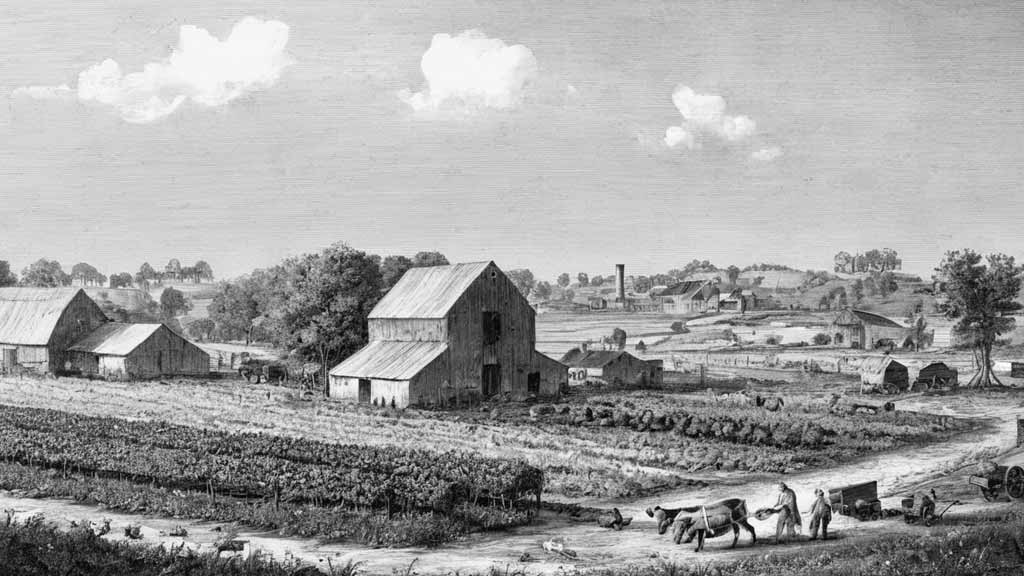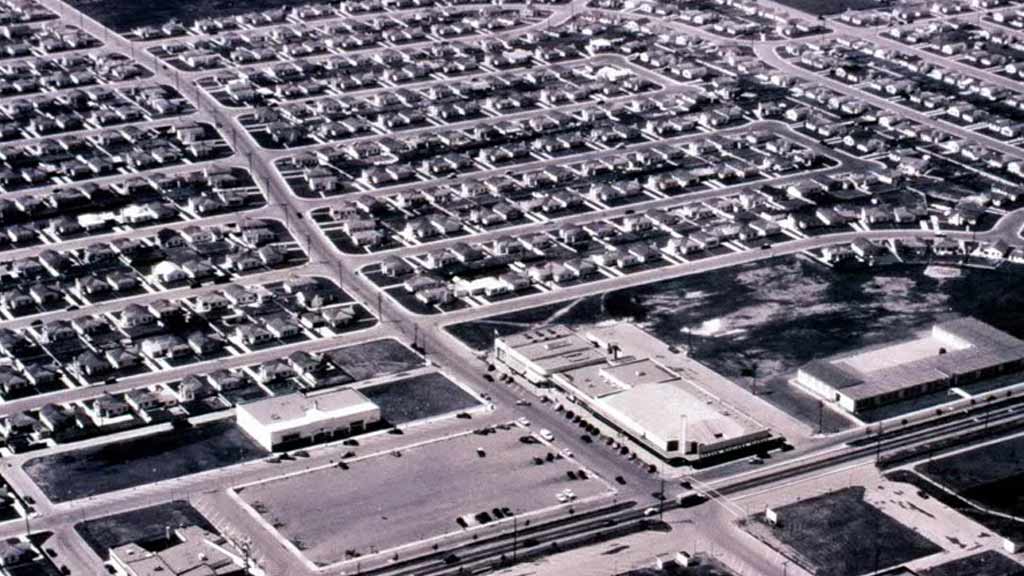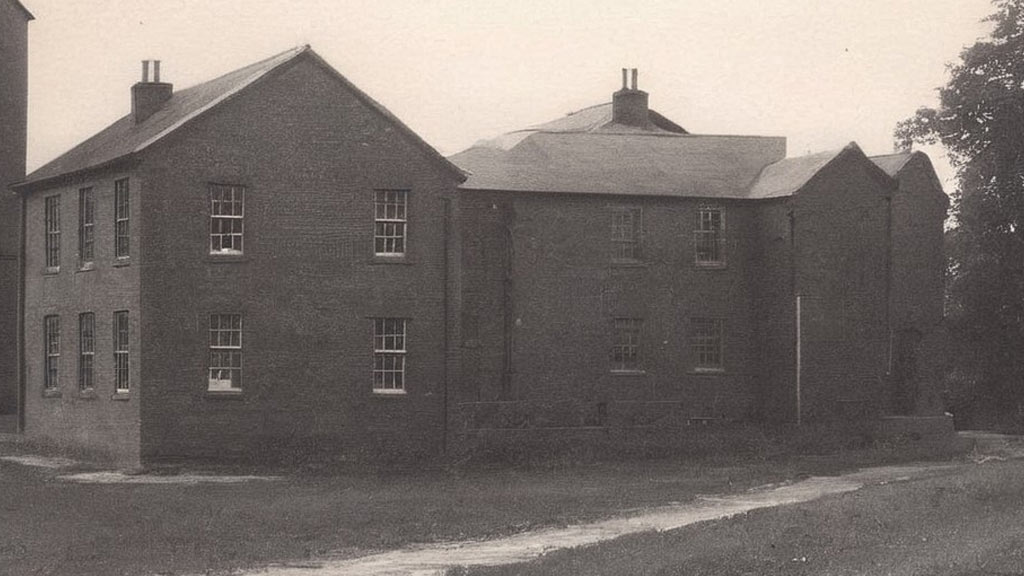Framingham’s story is one of resilience, innovation, and community spirit, from its humble beginnings as a colonial settlement in the 17th century to its evolution into a bustling hub of commerce and culture.
As we embark on a journey through the history of Framingham, Massachusetts, we uncover the tales of the indigenous Nipmuc people who first inhabited the land and the struggles and triumphs of early European settlers.
Let’s discuss the town’s pivotal role in shaping the nation’s history, from the Revolutionary War to the Industrial Revolution.
Join us to unravel the rich tapestry of Framingham’s past, exploring its landmarks, institutions, and the remarkable individuals who have left an indelible mark on its history. Through this exploration, we gain insight into the evolution of a town.
History of Framingham, Massachusetts
Nestled amidst the gentle hills and sparkling lakes of central Massachusetts lies Framingham, a town imbued with a rich and dynamic history.
Here, we embark on a journey through time, exploring the key moments that shaped the vibrant community of Framingham we know today.
Before Settlers Arrived in the Land of the Nipmuc

Before European colonists set foot on its soil, Framingham was home to the Nipmuc people. Skilled hunters, gatherers, and farmers lived harmoniously with the land for millennia, creating a complex network of settlements, trails, and spiritual sites.
Their deep connection to the environment resonates in the town’s numerous wetlands, forests, and evocative place names like Nobscot and Assabet.
Colonization, Conflict, and Revolution (1630s-1775)

In 1630, Puritan settlers led by John Winthrop Jr. arrived, establishing the first European settlement in Framingham.
They faced harsh winters, disease, and conflict with the Nipmuc over land ownership. Despite these challenges, they built farms, churches, and schools, laying the foundation for a stable community.
The town thrived through agriculture, becoming known for its apples and dairy products. However, tensions simmered with the indigenous population, culminating in King Philip’s War (1675-1676), a brutal conflict that left lasting scars on both communities.
From Farms to Factories (1775-1870)

Framingham embraced the ideals of the American Revolution, sending numerous men to fight for independence. As peace returned, the town witnessed a shift towards industry.
Textile mills, powered by the Assabet River, sprung up, drawing in workers across New England. Framingham became a bustling industrial center with mills and an increasingly diverse population.
However, this growth came at a cost, as long working hours and harsh conditions strained the lives of mill workers.
A Crossroads of Innovation and Reform (1870-1940)

Framingham emerged as an innovation hub in the late 19th and early 20th centuries.
The Dennison Manufacturing Company, known for its paper tags and labels, became a significant employer, and the establishment of the Framingham Normal School (later Framingham State University) solidified the town’s reputation as a center of education.
Additionally, Framingham became a focal point for social reform movements, with residents actively advocating for women’s suffrage and temperance.
Opportunities of 21st Century
The story of Framingham is far from over. As it navigates the challenges and opportunities of the 21st century, the town holds onto its rich history, celebrates its indigenous roots, acknowledges its industrial past, and embraces its diverse present.
As the tapestry of community life continues to be woven, Framingham stands poised to write the next chapter in its remarkable story, ensuring its relevance and vibrancy for future generations.
Suburban Boom and Beyond (1940s-Present)

Following World War II, Framingham entered the postwar suburban boom. Affordable housing and proximity to Boston fueled rapid population growth, transforming the once-rural landscape into a vibrant network of neighborhoods.
This period also saw the arrival of significant corporations like Honeywell and Bose, solidifying Framingham’s position as a prominent player in the technology sector.
However, rapid growth presented challenges, such as infrastructure strain and the loss of open space.
A Town in Transition from Past to Present
Today, with a population exceeding 70,000, Framingham stands at a crossroads. It grapples with maintaining its historical character while accommodating a growing and diverse population.
Efforts are underway to revitalize the downtown area, preserve green spaces, and address ongoing housing issues. Framingham’s commitment to education and innovation remains strong, with its renowned universities and technology companies continuing to shape the town’s future.
How does Framingham’s History Connect to the Rise of Industrial America?
The history of Framingham, Massachusetts, intricately intertwines with the rise of Industrial America, showcasing a microcosm of the nation’s transformation during this pivotal era. Here’s how it impacts the industrial history of America:
Early Settlement and Agricultural Beginnings

Situated just west of Boston, Framingham’s journey from a rural agricultural community to a bustling industrial center mirrors the broader socioeconomic shifts across the United States in the 19th and early 20th centuries.
Framingham’s early settlement in the 17th century was primarily agricultural, with farming serving as the primary economic activity for its inhabitants.
However, the town’s strategic location along major transportation routes, including the Boston and Worcester Turnpike and the Framingham Branch Railroad, facilitated its transition into a vital hub for trade and commerce.
Strategic Location and Transportation Networks

The Industrial Revolution brought profound changes to Framingham and many other towns and cities across America. The proliferation of factories and manufacturing plants transformed Framingham’s landscape and economy, attracting entrepreneurs and laborers seeking new opportunities.
One notable example is the Dennison Manufacturing Company, founded in 1844 by Aaron Lufkin Dennison, which became one of the leading producers of paper-based products, including labels, tags, and tickets.
The company’s success bolstered Framingham’s economy and contributed to the town’s reputation as a center of innovation and industry.
Textile Industry and the Rise of Saxonville Mills

The rise of the textile industry also left a lasting impact on Framingham’s development. The Saxonville Mills, established in the mid-19th century, emerged as a major textile manufacturing complex, producing a wide range of goods, including woolen blankets, carpets, and clothing.
The availability of water power from the Sudbury River fueled the mills’ operations, highlighting the importance of natural resources in driving industrial growth.
Immigration and Labor in Framingham

As Framingham’s industrial sector flourished, so too did its population. Immigrants from Europe and elsewhere flocked to the town for employment opportunities in the burgeoning factories and mills.
Their labor was instrumental in powering Framingham’s industrial engine and shaping its cultural and demographic landscape.
Impact of Railroad Expansion
The expansion of the railroads further fueled Framingham’s industrial growth, facilitating the transportation of goods and raw materials to and from the town.
The Boston and Albany Railroad, in particular, was crucial in connecting Framingham to significant markets in Boston and beyond, allowing local industries to reach a broader customer base and accelerate their expansion.
Challenges of Urbanization and Labor Struggles
However, alongside the economic prosperity brought by industrialization came significant challenges and social upheaval.
Rapid urbanization led to overcrowding, inadequate housing, and poor working conditions for many factory workers. Labor strikes and protests became common as workers demanded better wages, hours, and workplace safety standards.
The Great Strike of 1877, which spread across the country, also impacted Framingham, highlighting the tensions between labor and capital in the industrial age.
Economic Decline and Structural Shifts
Despite these challenges, Framingham continued to thrive as a center of industry and innovation well into the 20th century.
The town’s industrial prowess was further bolstered by establishing technological and research institutions, such as the Framingham Heart Study, which revolutionized our understanding of cardiovascular health and disease prevention.
Adapting to Change and Framingham’s Resilience
However, like many industrial towns across America, Framingham faced economic decline and structural changes in the latter half of the 20th century.
The decline of traditional manufacturing industries, outsourcing of jobs, and shifting consumer preferences contributed to the closure of many factories and mills, leaving behind vacant industrial sites and unemployment in their wake.
Framingham’s Enduring Legacy
Today, Framingham is a vibrant community that continues to evolve and adapt in the face of economic and social change.
While the town’s industrial heyday may be a thing of the past, its legacy lives on in the form of historic landmarks, cultural institutions, and the resilience of its residents.
FAQs
When was Framingham, Massachusetts, founded?
Framingham was first settled in 1650 and officially incorporated as a town in 1700.
What is Framingham known for historically?
Framingham is known for its rich history, including its role as a colonial settlement, involvement in the American Revolutionary War, and later transformation into a thriving industrial center during the 19th and early 20th centuries.
What are some notable landmarks or historic sites in Framingham?
Some notable landmarks in Framingham include the Framingham History Center, the Old Burying Ground, the Dennison Manufacturing Company Complex, and the Saxonville Mills Historic District.
What industries were prominent in Framingham during its industrial heyday?
Framingham was known for its diverse industries during the industrial era, including manufacturing (mainly textiles), paper production, and technological innovation.
How has Framingham preserved its historic character in modern times?
Framingham has tried to preserve its historic character through initiatives such as historic preservation programs, restoration projects for landmark buildings, and the establishment of museums and historical societies dedicated to documenting and sharing the town’s history.
Conclusion
As we have explored, the history of Framingham, Massachusetts, is a testament to the resilience and spirit of its inhabitants.
From its origins as a colonial settlement to its modern-day identity as a thriving community, Framingham has undergone significant transformations while preserving its rich heritage.
As we reflect on the journey through time, we recognize the contributions of generations past in shaping the town’s character and identity. The stories of struggle, triumph, and innovation highlight the enduring legacy of Framingham and its people.
Moving forward, it is essential to continue honoring and preserving this heritage, ensuring that future generations can connect with their roots and draw inspiration from the town’s remarkable history.
As Framingham continues to evolve, may its history serve as a guiding light, reminding us of the strength of unity, perseverance, and a deep-rooted sense of community.
Jaclyn Lowe